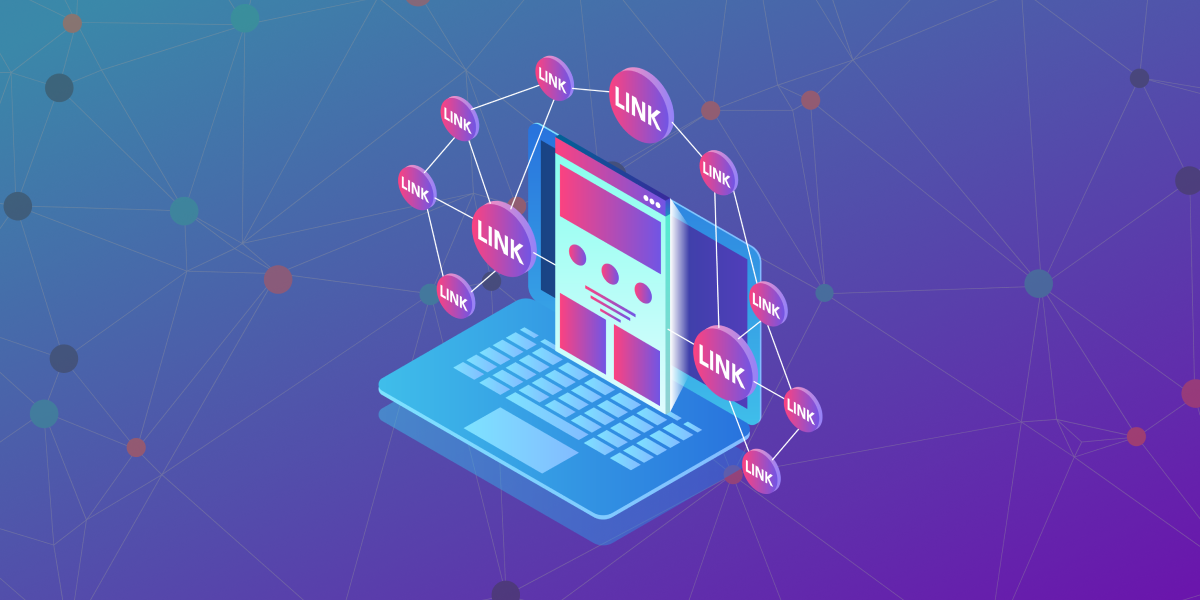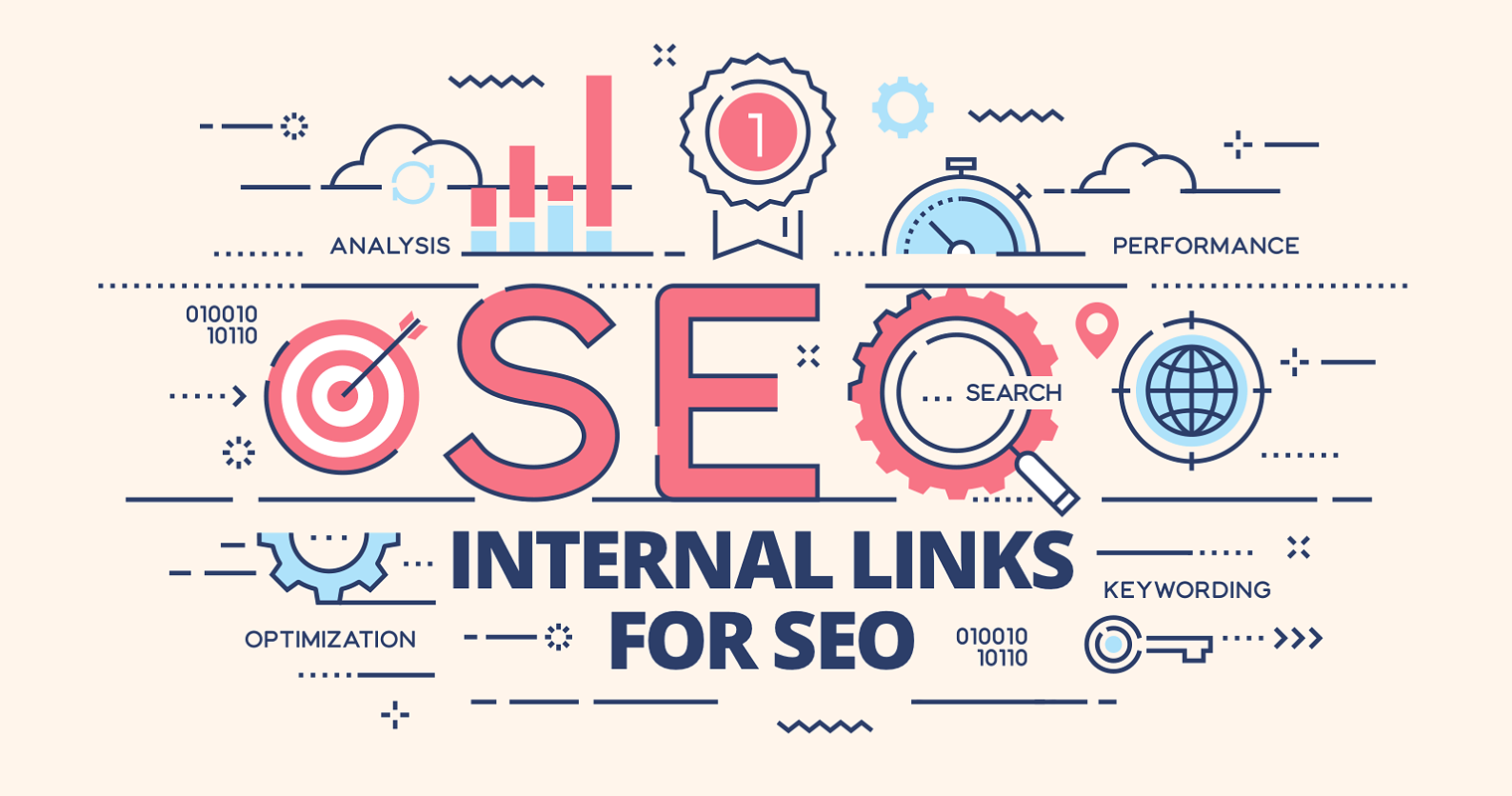Internal Link Building Mistakes
Internal links are one of the vital points for a website’s SEO development. They can significantly increase your website’s rank, improve the organic traffic and user experience. However, if they are placed wrong or in a way that disappoints internet users and search engines, these link-building mistakes can cost you a lot, such as an observable decrease in SEO ranking, less crawl and conversion rate, etc. Therefore, you should pay attention to the link-building process as you adjust your website and avoid these common mistakes while performing internal link building as much as you can.
Today, as Screpy experts, we will talk about the common link-building mistakes that everyone can often make.

The Common Internal Link Building Mistakes
As we said, internal link-building can spirit up your website in terms of SEO and user experience as well as they may result in damage to your website if they are not used correctly. In this heading, we will be listing some of the link-building mistakes you may unknowingly perform.
Exaggerated Number Of Links
Website owners tend to add internal links more than required while creating content. Likewise, business-based websites sometimes do internal link-building while describing a product or shopping section. However, although adding too many links seem to end up profit for you, they are more likely to turn out to be damage your website and SEO ranking since they can be considered “spam” by search engines. Besides, your readers can get overwhelmed due to a high number of internal links.
We know every website owner is dying to create internal link-building for each relevant page and content, especially if these links depend on a page with high domain authority. However, you should know where to stop. Link-building more than required will get your website to a place where its value lessens.
How to overcome it? Well, you should reconsider your internal-link-building approach. Google stated that pages including max 100 links could be crawled.
Poor Number Of Links
We can say that the “poor number of links” is the Cindrella sister of too many internal linking. Like too many links may create a time bomb for your website that will inevitably blow up at some point, an inadequate number of links closes the SEO-based-opportunity windows from which you can benefit to rank higher. Thus, you should readjust the structure of your content and create internal link building based on the relevancy principle. What do we mean by the relevancy principle is that you should not build your links unless the contexts are similar or relevant to each other. By doing this, you can both increase the visitor experience and guide Google bots since they are directed to useful pages.
Overuse Of Same Anchor Texts
Another internal link-building mistake is when website owners overoptimize the anchor text within the content. As it sounds logical, overusing the same anchor texts may bring doom to your SEO ranking while expecting going to heaven. Therefore, what we recommend as Screpy experts is that creating the anchor texts for your internal links based on different keyword variations by following a phrase match. By doing this, you can liven up your post with keyword mixes and put an obstacle in front of search engines if they try to consider your anchor-texting as spam. Instead, you inform search engine bots what the linked post contains, providing a broader scenery.
For example, let’s say you are running a shoes store. Then, you can generate different versions of phrases based on shoes and internal-link them, such as stylish shoes, casual shoes sports, stylish shoes, prom shoes, etc.
Keeping Broken Links Alive
Pages with broken links cause issues since they are not working as they are supposed to be. These links can become unreachable for different reasons, like they may not exist anymore or the main link can be moved to another URL. One way or another, the page that has broken internal links will experience a nightmare. These links shatter down the link structure that you have built on your website. Besides, what is worse is that a page containing broken internal links is a message for Google that the page involving low-quality content, which will lead to a decrease in the SEO ranking in turn. Also, they significantly minimize the user experience.
However, getting rid of broken links are one of the easiest tasks to do. You can examine all the pages to see if there are broken links or not by utilizing tools such as Google Webmaster or Ahrefs. After detecting all the broken links, you can remove, fix or redirect to another URL based on the situation.
Orphaned Page Existence
Website pages become orphaned pages when they are not part of an interlinking structure. In other words, orphaned pages are pages that have been abandoned since they do not have any internal link pointing to them. As a result, these pages cannot be ranked by search engines correctly, impacting your SEO negatively due to the fact that they cannot be crawled.
Therefore, it is vital to monitor your content to check if there are orphaned pages left and readjust them as soon as possible to improve page authority.
Redirect Chains
Bridging redirects between two pages is a gold mine for website owners. However, when they are set up inaccurately, the situation will lead to great harm to your ranking and visitor experience. Remember that sometimes redirects leading another one can create endless loops, which turns out to reduce your website speed while misguiding search bots.
Spring Cleaning For Old Posts
Your website may include pages that are not required any longer. Considering these pages’ branching, there may be issues occurring in link equity distribution while unnecessarily putting a burden on the crawl budget. These pages don’t serve any purpose for the visitors, although search engine bots keep indexing them. For this reason, cleaning these pages will increase your load speed while improving user experience and not wasting the crawl budget, which will allow Google to index only intended URLs.
How to detect bloat pages? You can use Google Analytics to examine pages’ behavior and determine which pages are outdated and become a burden for you.
How To Internal Linking

As screpy experts, we told you about general internal link-building mistakes. You can find the general internal linking application and the solutions for other possible errors in our list below.
- You can attach the anchor texts to the keywords of the content on the page. However, you should avoid exaggerations while doing this. Overuse of the same anchor text can hurt your SEO rankings. For this reason, you can use various phrase combinations for internal links.
- Make sure you don’t have any broken internal links, as these will be perceived by search engines as an indication that you are posting “poor quality” content, which will adversely affect your SEO ranking.
- While internal linking, link the pages related to each other, not randomly.
- If you want a specific page to rank higher in SERP, add the appropriate number of internal links based on the mentioned rules.
- Use text content for your internal links. It would be unwise to add internal links to images because adding internal links to images is not helpful for search engines or users.
- Make sure that the total number of links per page is no more than 100. This number is not separate for the internal and external links and indicates the total number.
The Importance Of Internal Link Building
We think we have covered common internal link-building mistakes. As Screpy Experts, we feel like to elaborate more about internal link building.
Thanks to internal linking, every site page that contains information from the most important pages to the avoidable pages becomes interlinked. So, why is this important? The answer to the question is hidden in search engines. Search engines start from a website’s homepage for crawling and indexing. They then keep indexing other sub-pages of the crawled website through these links. Thus, search engines can distinguish which pages are important and which pages are not. For this reason, internal linking must be used to create both an SEO and a user-friendly site structure.
Advantages Of Internal Link Building
The purpose of internal links is to distribute the flow within site by creating a network of links on the pages. It also directly affects page ranking if done correctly.
Internal links can be used in general for the reasons we have explained below:
- It makes it easy for a user to navigate the website.
- Likewise, it helps search engines crawl your site. Thus, it helps a website discover important pages.
- It connects and associates pages on the same site with each other.
Now, we are going to answer frequently asked questions about internal link-building mistakes.
What Is Internal Link-Building?
Internal links are any links placed on your website redirecting to other web pages on your website. Their purpose is to improve the user experience by providing users with richer information and to help search engines discover more pages of the website that will be crawled.
What Is External Linking?
The role, purpose, and use of external links are different from internal links. These are links that lead to a different domain name from your website when clicked.
What Is The Limit Of Internal Links?
According to Google, the total number of internal and external links used on a page must be 100 for that page to be crawled. In this case, if you are not going to use any external links, you should use a maximum of 100 internal links.
What Is The Importance Of Internal Link-Building?
Thanks to internal links, navigating inside of a website gets easier as website pages become interconnected with each other through interlinking. Besides, it helps search engines to identify each page, from insignificant to most important.
What Are The Types Of Internal Link-Building?
Internal link-building can happen in two ways. First, internal links are directed to another heading part of the content on the same page, and the other, internal links are directed to another page within the same domain.
Conclusion
Internal links can not be thought unseparated from SEO studies, but most website owners can make mistakes while building internal links. They either do roughly benefit from internal links or overuse them, which both impact a website’s SEO ranking heartbrokenly negatively. However, internal links significantly improve the user experience and make the content while enriching it when used correctly. At the same time, they allow you to take steps towards upside in the SEO ranking. Therefore, you should consider internal linking as you give life to your website and avoid common internal link-building mistakes which often made.
The most common internal link-building mistakes will cause your website to fade away from the internet environment day by day and should be handled asap.